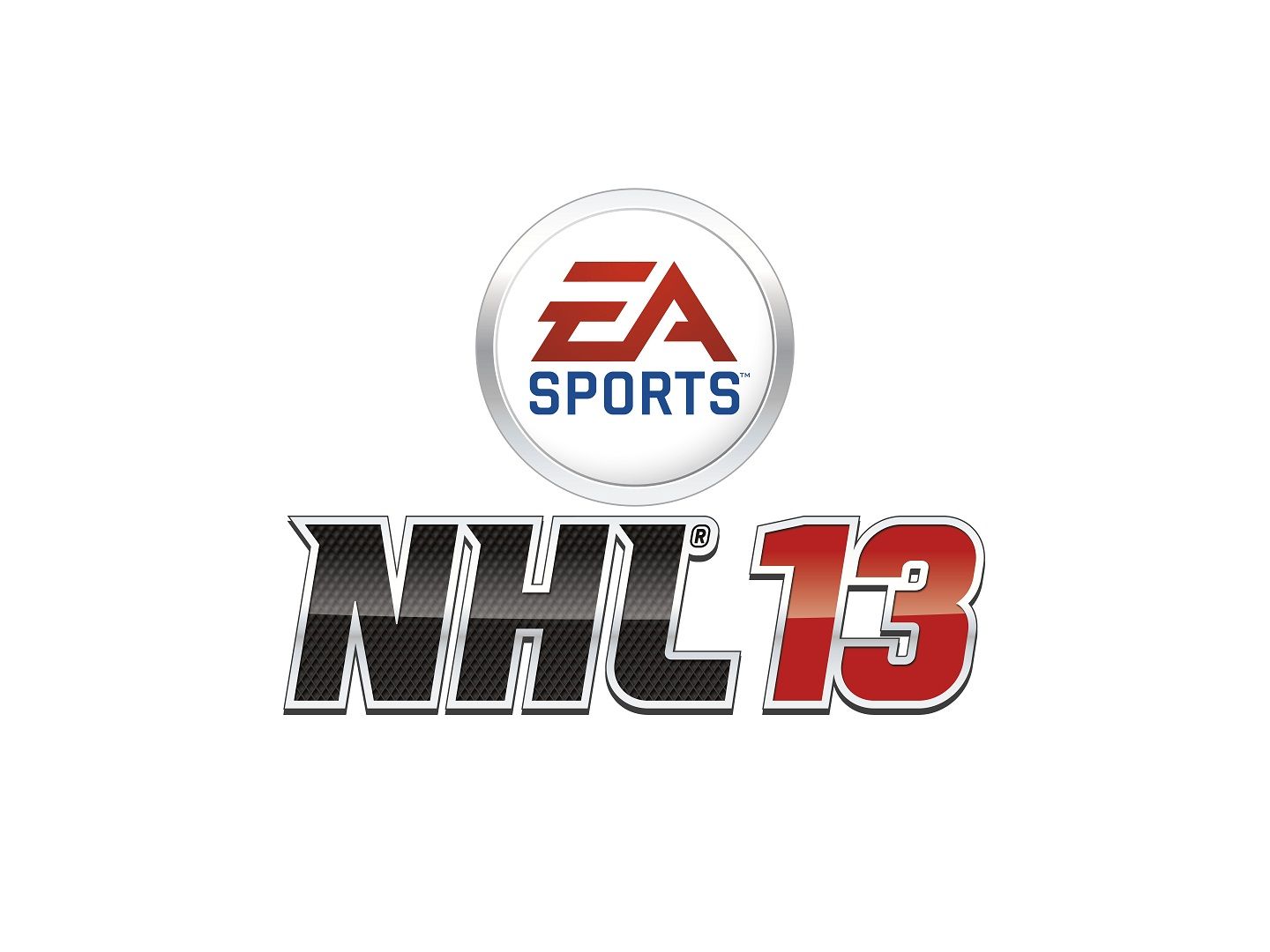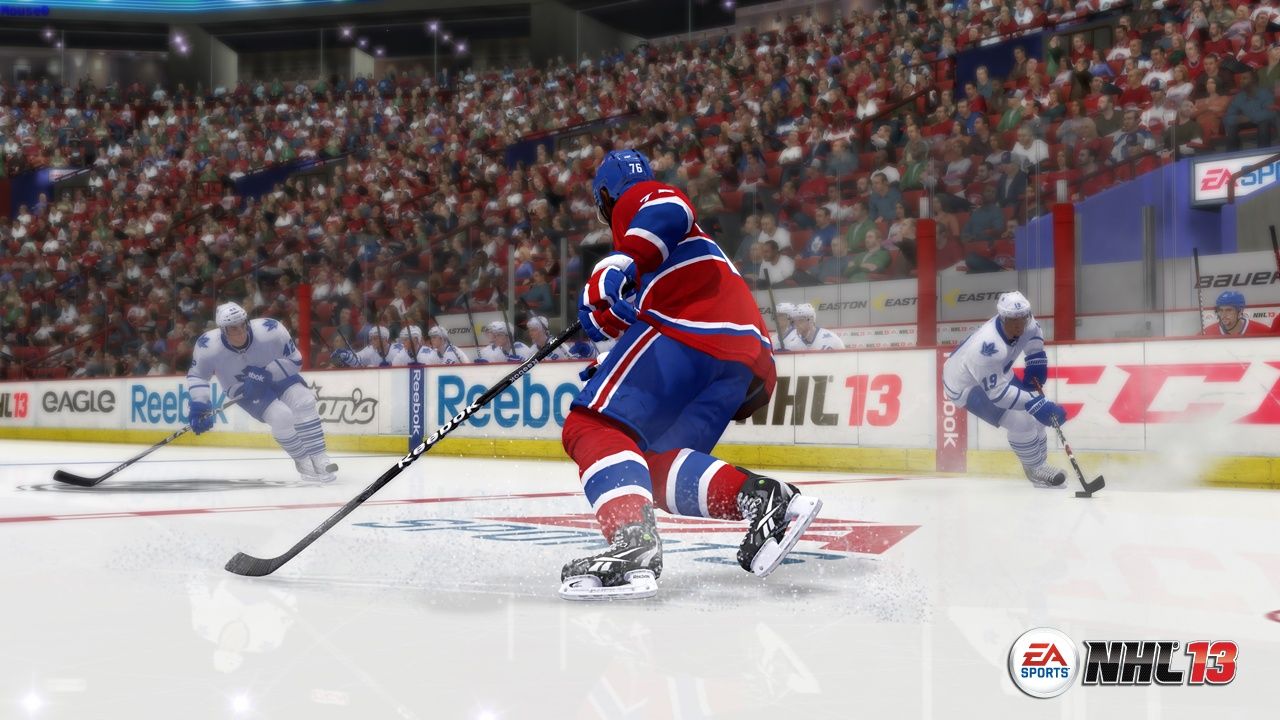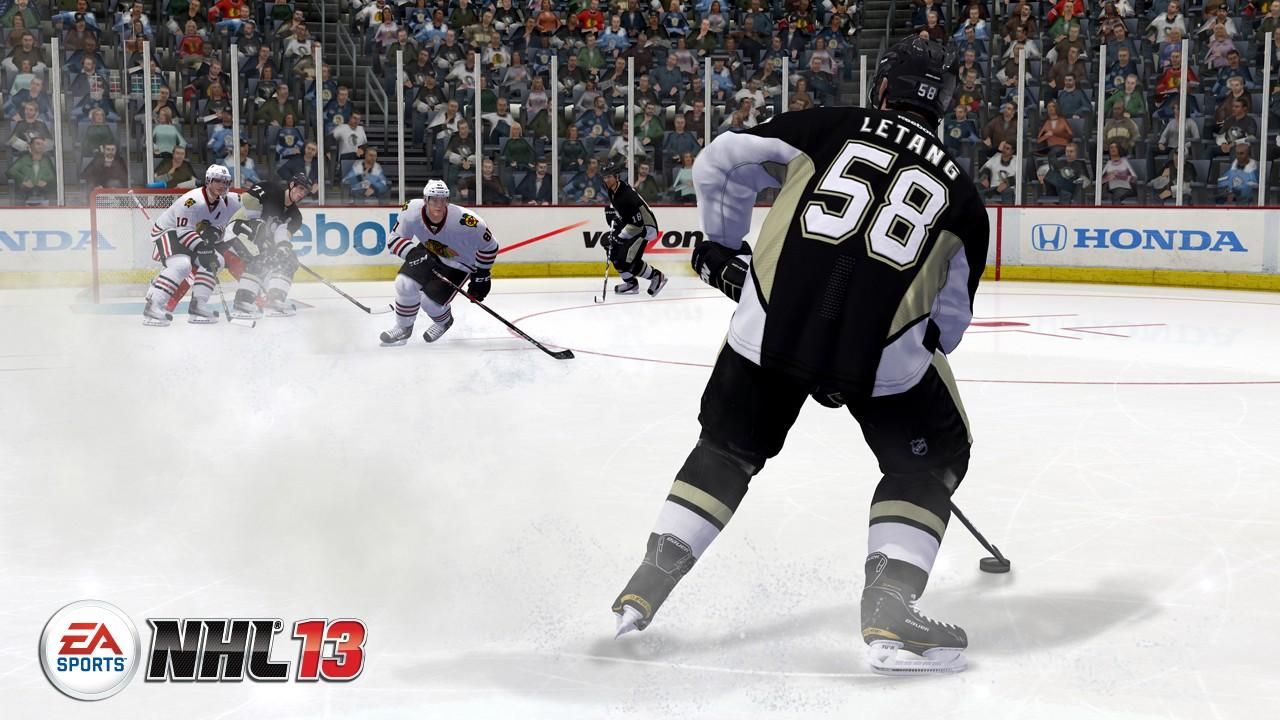Annualized sports games constantly face the challenge to remain consistent with their quality and deliver new experiences that please gamers. This is accomplished mostly by the addition or omission of features, with tweaks to existing ones. In the realm of downloadable content and patches, it is hard to justify spending 60 dollars on a brand new sports game year after year. EA Sports is apparently looking to set a new standard for hockey games with their newest: NHL 13.
I had a chance to personally try out the game while I was visiting the EA Booth at E3 today. The EA representative that was working with me informed me that the build that I was playing was the closest to the final product that we will be able to play. All that is left for the development team to do is fix bugs and make cosmetic adjustments.
The only teams available for play were the Los Angeles Kings and the New Jersey Devils (the current Stanley Cup final match-up). I am a New Yorker, born and raised, so I went with the Kings in order to decimate the Devils for costing my team – the NY Rangers – a trip to the Stanley Cup final this year.
Everything I witnessed was not that much different from previous NHL incarnations, however, the feel was. One of the points of the game that EA Sports is currently pushing hard are the revamped skating and A.I. Systems. The revamped skating system – known as True Performance Skating – is evident right off the bat. In previous games, if I was a defenseman who was shadowing a forward skating into my end-zone, the backwards-skating mechanics would not always kick in properly. I would have to skate with my back to them until backwards-skating decided to switch itself on (which was whenever it felt like it, apparently), or I would be forced to skate towards them as they passed over the blue-line, with the potential to overskate them and be forced to chase. The use of the L2/LT button and the new skating system allowed me to follow the puck carrier and the overall play with much more precision than I had in previous games.
Other gameplay mechanics are pretty much the same. I was able to land some vicious body checks and start a few odd-man rushes. I did notice that there may have been some tweaks made to the poke check system. In the real world, a hockey player in the vicinity of the puck with one hand on his stick could virtually poke it from anywhere as along as he is close enough. Poke-checking in this build of NHL 13 was a mix of unresponsive controls; I simply could not slap at the puck unless I was parallel to the opposing player from the front.
The A.I. of these games still needs some work. Funny, because one of the other major changes that EA Sports has boasted about is EA Sports Hockey I.Q.; a system in which all the players on the ice are aware and adaptive to the play that is occurring, instead of being placed on rails depending on whatever the coach picks out of the playbook. I must admit that I did not see much of a change; there were some instances where my team fell back to a normal 1-3-1 defense when the opponent had the puck. However, there were many instances in which I had the puck deep in the Devils’ zone – behind their net, even – and the support that I needed from my men at the point simply was not there.
The flow of the players on the ice is the biggest change in NHL 13. Skating feels much more real, and for once, a sports game has the appeal of depth. EA Sports’ challenge now is to successfully combine their stick-handling and skating systems into a seamless hockey simulator. This, however, might end up being one step in the right direction.



